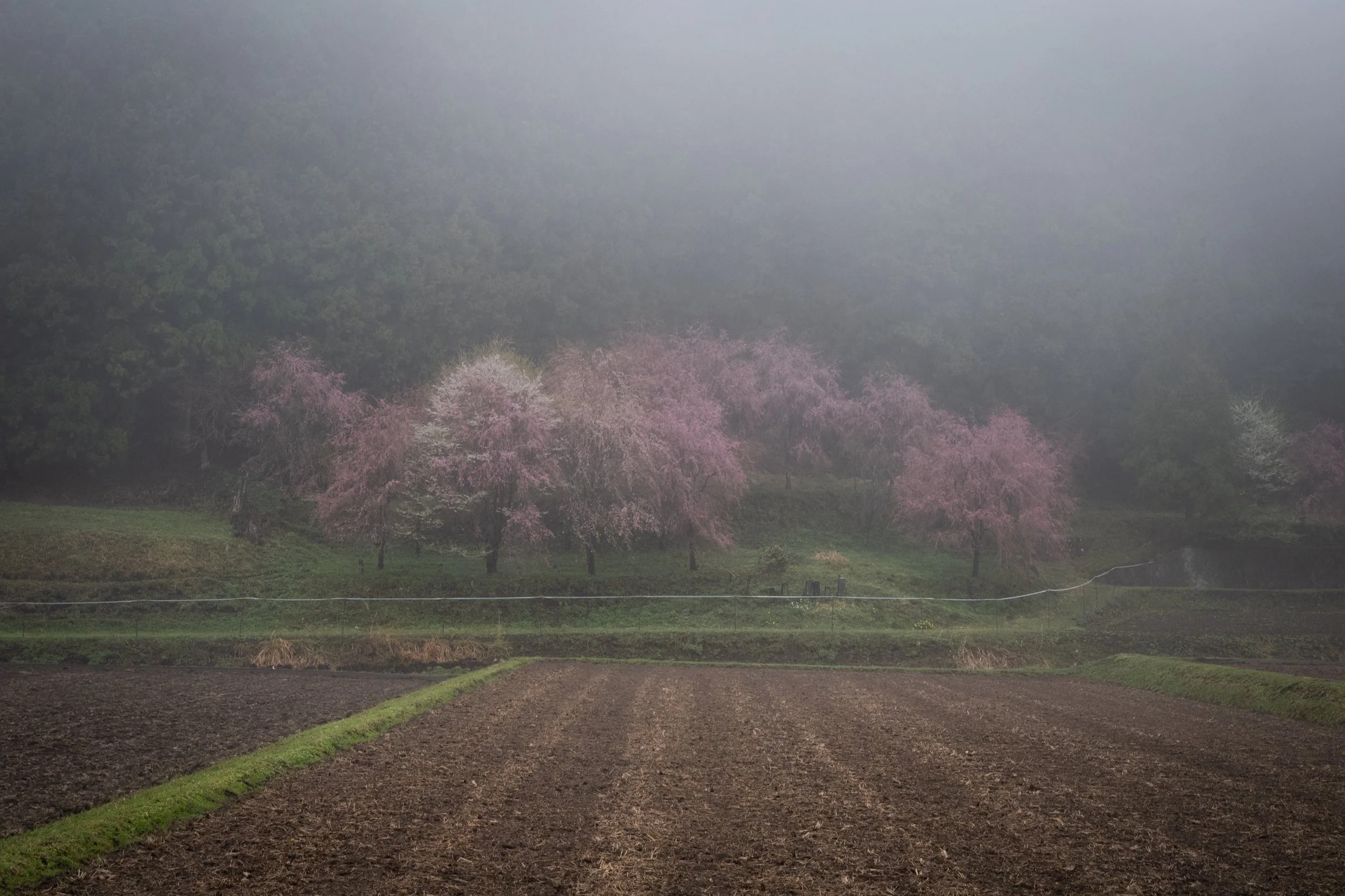High Dynamic Range (HDR)
For my inaugural post, I am going to share a bit about High Dynamic Range Photography, or HDR as it is commonly referred to. For HDR experts, this is an over simplified explanation to help people grasp it. This is the process of taking multiple bracketed exposures (e.g. -2, -1, +/- 0, +1) and then blending these imagines together with software to bring out detailed you otherwise would not have been able to capture. Have you ever showed a picture to someone but it just didn’t rely to the viewer what you were seeing and you ultimately left the conversation with the statement ‘well you had to be there’? This experience sucks, especially when you were trying to capture an incredible view. There is a difference between what your eye can see and what your camera can capture in terms of range of light. Your eye will look at different parts of the image, your pupil will dilate and record the brightness of a white t-shirt at ‘proper exposure’, then adjust to capture the the rich colors of the green grass at ‘proper exposure’ and the deep blue sky above all of it also at ‘proper exposure’ and present it as one imagine to your brain with each part properly exposed. The issue is your camera lens can’t continue to ‘dilate’ to capture the varying ranges of light. Enter HDR. HDR has become much more popular recently, much due to the popularity of Trey Radcliff’s photography and his website www.stuckincustoms.com. It is worth spending some time on his site, if not just for inspiration, you can also learn a ton about photograph and some places you have never heard of. He also has a great tutorial on how to do HDR. For my HDR, I initially use PhotoMatix Pro to blend my images together and then post-process in Photoshop. The process is pretty straight forward and can give you some really amazing results and some photography inspiration if you are needing it.








